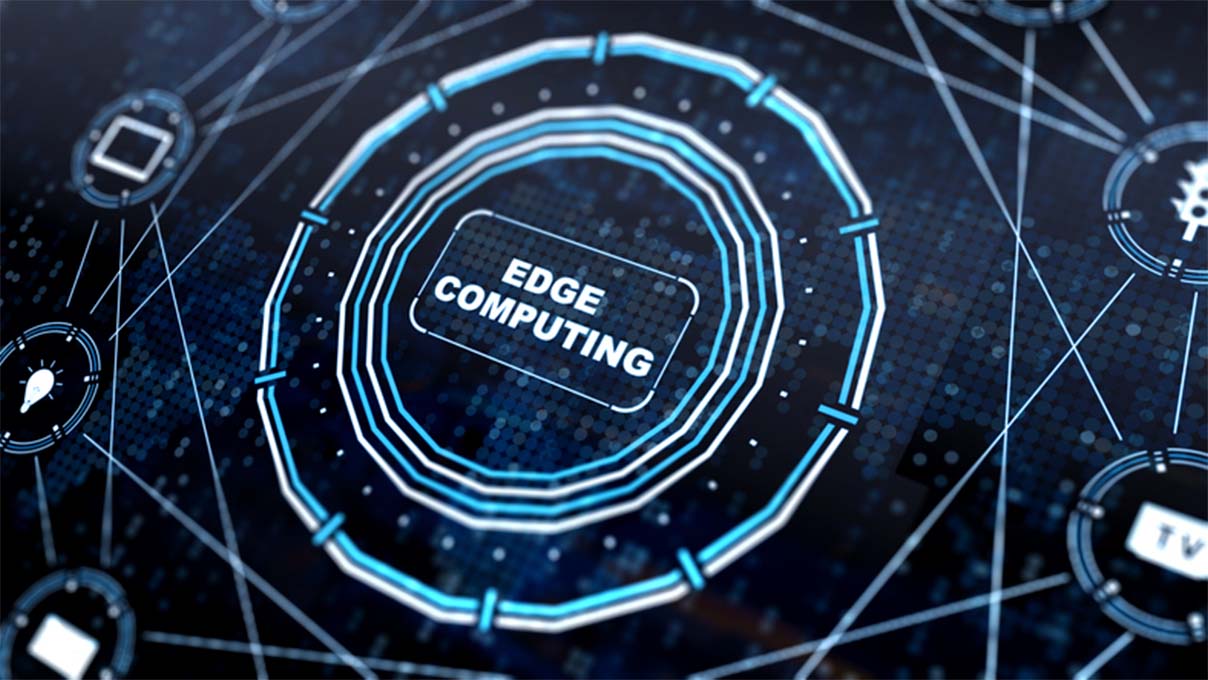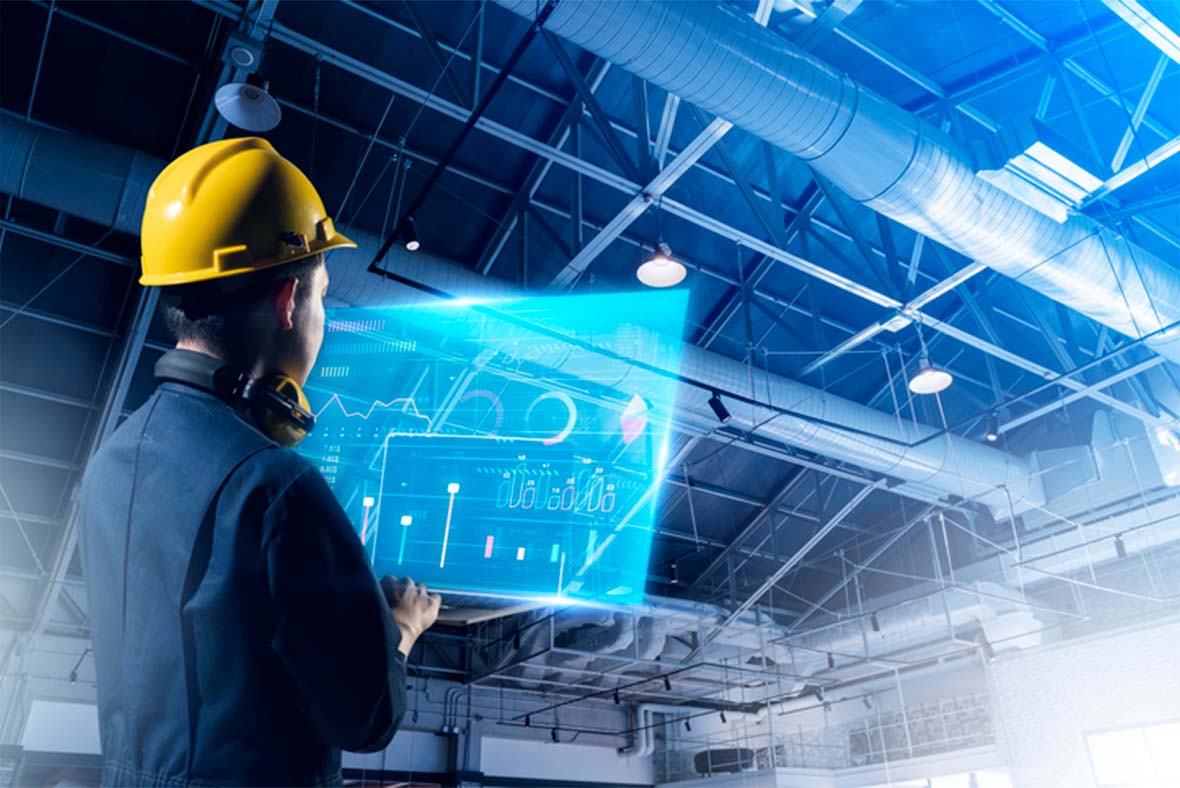Oct 19, 2021 by Mark Dingley
Connectivity is the name of the game in manufacturing in 2021, and the game is getting faster thanks to 5G and edge computing.
The hype around 5G and edge computing is promising big things, with Capgemini predicting they will “change the way everyone – companies, governments and consumers – interacts and does business, leading to ground-breaking innovations and services.”
How will 5G and edge computing impact manufacturers, and will they live up to their hype? Find out everything you need to know below.

Edge computing is about moving computing away from data centres and closer to the location where it’s needed. It uses a variety of devices, hardware and software to enable that computation and storage to be located closer to the users and where the data is needed – for example, in the factory, office, home or even vehicles.
5G is the fifth-generation technology standard for broadband mobile networks, which mobile phone companies began deploying worldwide in 2019. It is the planned successor to the 4G networks. By 2023, 5G is predicted to make up around one-fifth of all mobile data traffic, with subscription uptake forecast to reach 1 billion, according to Ericsson.
5G and edge computing are inextricably linked. 5G increases speeds by up to ten times that of 4G, while edge computing transforms the way connected devices and objects are designed and built.
Together, they have the potential to significantly improve the performance of applications and enable huge amounts of data to be processed in real-time.
5G and edge computing act as an accelerator, allowing manufacturers to deploy technology and digitalise processes in ways they haven’t done before. With these technologies, manufacturers can bring sensors and connectivity onto the factory floor, harvest a huge amount of data in real time, and exploit it for the best of the production process.
The real value here is “real time”. Edge computing brings data processing closer to the industrial process, which means everything is done in real time. So, we can harvest the data, make decisions and implement changes at the exact moment they are needed in order to improve productivity and agility. Machines can be stopped before an issue kicks in, equipment can be adjusted for better quality, and so on.
Another key area that 5G and edge computing impact is maintenance. All manufacturing companies have assets they have to maintain, and it’s a costly process that needs be done in the proper way, at the right time. For decades, plant managers have wanted to know when the optimal time is to do maintenance and reduce downtime. With fast access to data, 5G and edge make it easier to predict the sequence of maintenance and gain the efficiencies to reduce downtime.
With 5G and edge computing, we’re moving towards smarter factories, where sensors are everywhere, telling us details of the performance, conditions and incidents, while AI continuously adjusts production to meet demand. Products can be continually monitored and assessed throughout the process, to identify and address any drop in quality, and create predictive trends that prevent issues from happening in the future. Data from equipment can show you how resources are being used and how assets are being utilised, and therefore how you can better optimise the useful life of equipment. All of this creates a smarter factory.
These are big promises, but the reality is it’s still early days for 5G and edge computing in Australia. Though, there are advances being made by tech and network providers. For example, Ericsson and Telstra recently announced a collaboration to develop an enterprise edge cloud solution for Australia, saying they hope to “unlock new potential enterprise use cases in sectors such as agriculture, industrial internet of things (IoT), enterprise branch services and smart cities.” And Telstra and AWS recently signed a framework agreement to develop multi-access edge computing solutions, which will include Telstra’s 5G integration with edge compute cloud services across the Telstra network. How long will it be before 5G and edge computing become mainstream? Watch this space.
